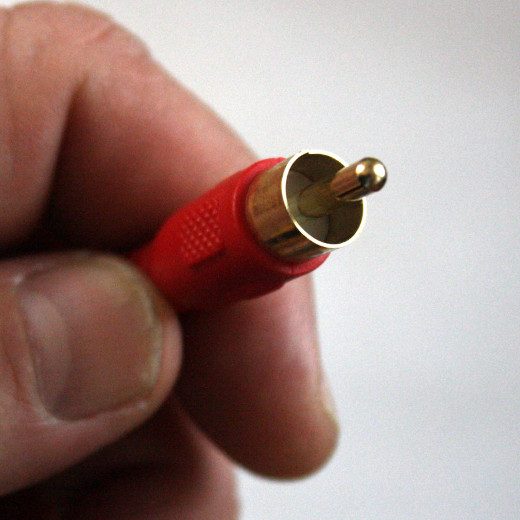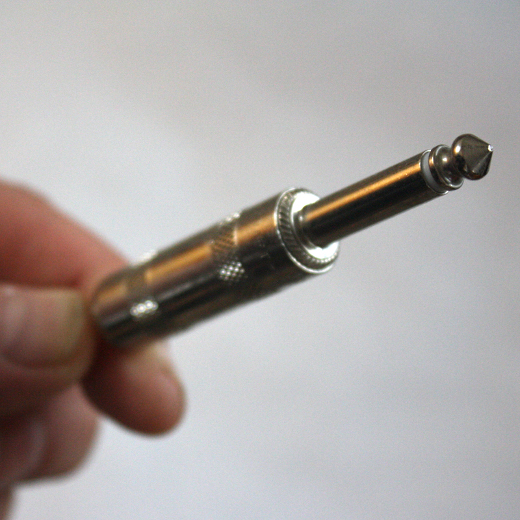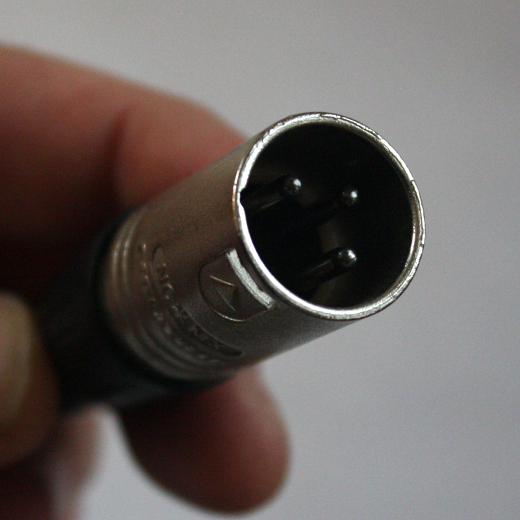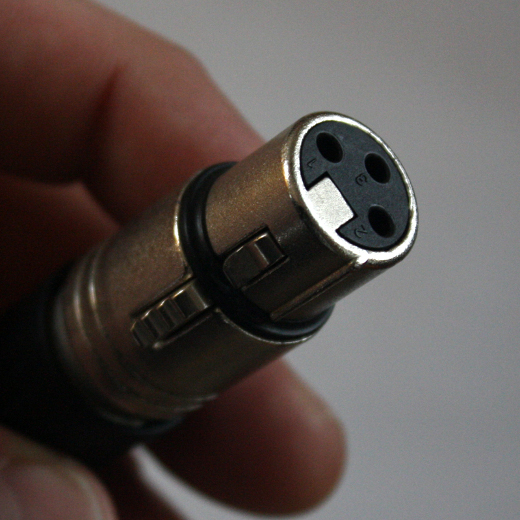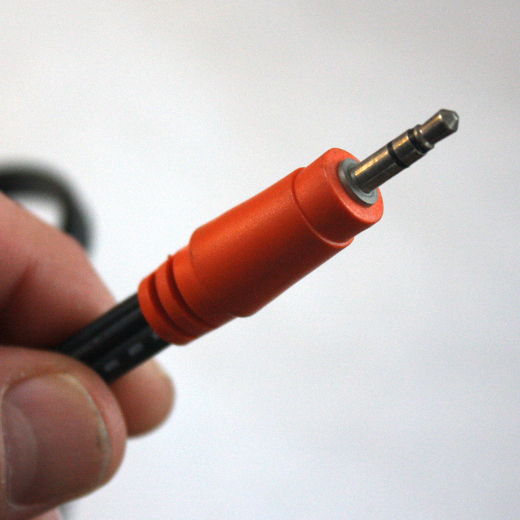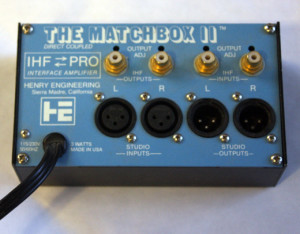Sound Tips for Beginners — Analog Audio Levels for Recording
There comes a moment of joy and frustration with the appearance of the fourth piece of gear.
You already have an audio interface for your computer, the mic plugs into the mic jack and the guitar plugs into the instrument jack. Then you get a great new device with connectors that don’t quite match what you’ve got. You find adapter that gets from point A to point B only to find that the audio that comes into your DAW is very quiet, or worse, distorted even at very low levels. You have just met the reality that audio levels come in a variety of standards. Here are some basics of those most commonly used.
UNBALANCED (also called -10 unbalanced)
Connectors include RCA and ¼” tip/sleeve. It has two conductors, one for the signal and one for the shield. This format sounds great when properly implemented but is limited to short lengths. At around twelve feet, high frequencies may subtly drop off, by forty feet things may sound muffled and distorted, and it gets worse as the cable gets longer.
BALANCED (also called +4 balanced)
Connectors include XLR and ¼” tip/ring/sleeve. It has three conductors, two for the signal and one for the shield. A balanced connection rejects noise from RF generated by radio and CB broadcasts as well as other RF makers such as microwave ovens, cell phones and power supplies. Balanced wiring is a professional spec – you can run longer wires, up to a mile for your stadium gigs – and perform better in noise-rich environments with lots of other gear in proximity such as a broadcast facility or a club.
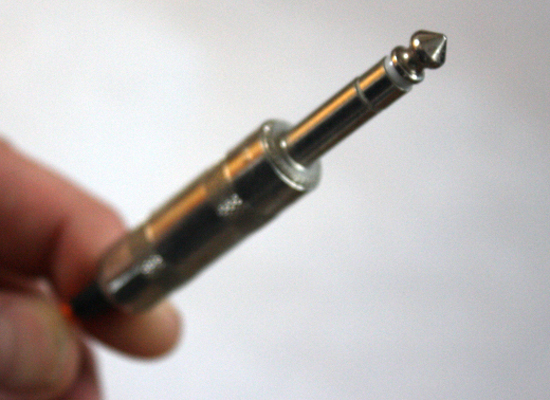
Balanced tip/ring/sleeve (TRS) connector, male
It’s identical to a stereo headphone jack but it’s wired differently.
MICROPHONE
Same cabling as +4 balanced using XLR connectors. A mic generates very low voltages, so it needs a mic level input. Mics like being balanced as the noise rejection is even more important when the mic signal is so low. Balanced cables work interchangeably for mic and line signals.
HEADPHONE
Headphone amplifiers vary greatly and the signal isn’t balanced, so beware long runs. By simply adjusting the headphone output you may be able to swing easily between -10 and +4db inputs. This is not a preferred output, but sometimes it’s all you’ve got.
Looks like a mini version of our balanced TRS connector, but it’s not balanced! It’s actually two unbalanced channels (left and right, tip and ring respectively) and uses the sleeve for ground.
MANAGING LEVELS
1. Listen and check meters to see what’s going on. If the output device is up in the yellow and the destination device is much lower, check both devices for input or output adjustments. If you can’t get things to match up pretty closely, your connecting cable might be the problem.
2. Match connectors. If you have an analog out on an RCA connector and plug it into an analog RCA in, chances are everything will be -10 unbalanced and you’re good. Listen to check — if both devices have meters, then check that they’re lining up.
3. If you can’t match connectors, match number of conductors. An RCA jack has two conductors, the center pin (positive) and the shield (ground). It can be perfectly matched to the other two conductor connectors such as ¼” Tip/sleeve or ⅛” tip/sleeve.
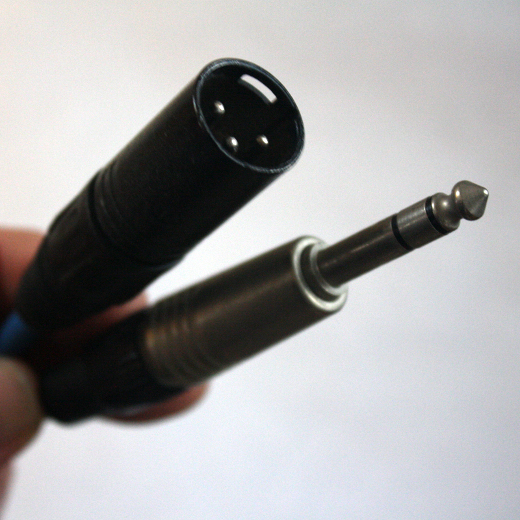
Male XLR to male ¼” TRS adapter
This adapter will maintain a balanced signal between devices with different connector types.
4. Balanced and unbalanced signals can be passed through a Matchbox, which uses active electronics to convert the levels, balancing and impedance (yes, there is also a thing called impedance). This can also be done with many mixing boards. I keep spare little mixers on hand for stuff like this.
This Matchbox II by Henry Engineering turns +4 balanced to -10 unbalanced and vice versa while keeping the audio intact on its journey between professional and consumer.
5. Balanced can be changed to unbalanced and vice versa with simple adapters in many cases. Use care when going from three conductor to two conductor connectors: With more to mis-wire there is more to go wrong. But adapters can also be simple magical translators that allow us to do interesting things by mating unlikely gear.
Carmen Borgia is a songwriter, sound designer and mixer. He has worked on award-winning films and TV and plays the ukulele for his mental health.







